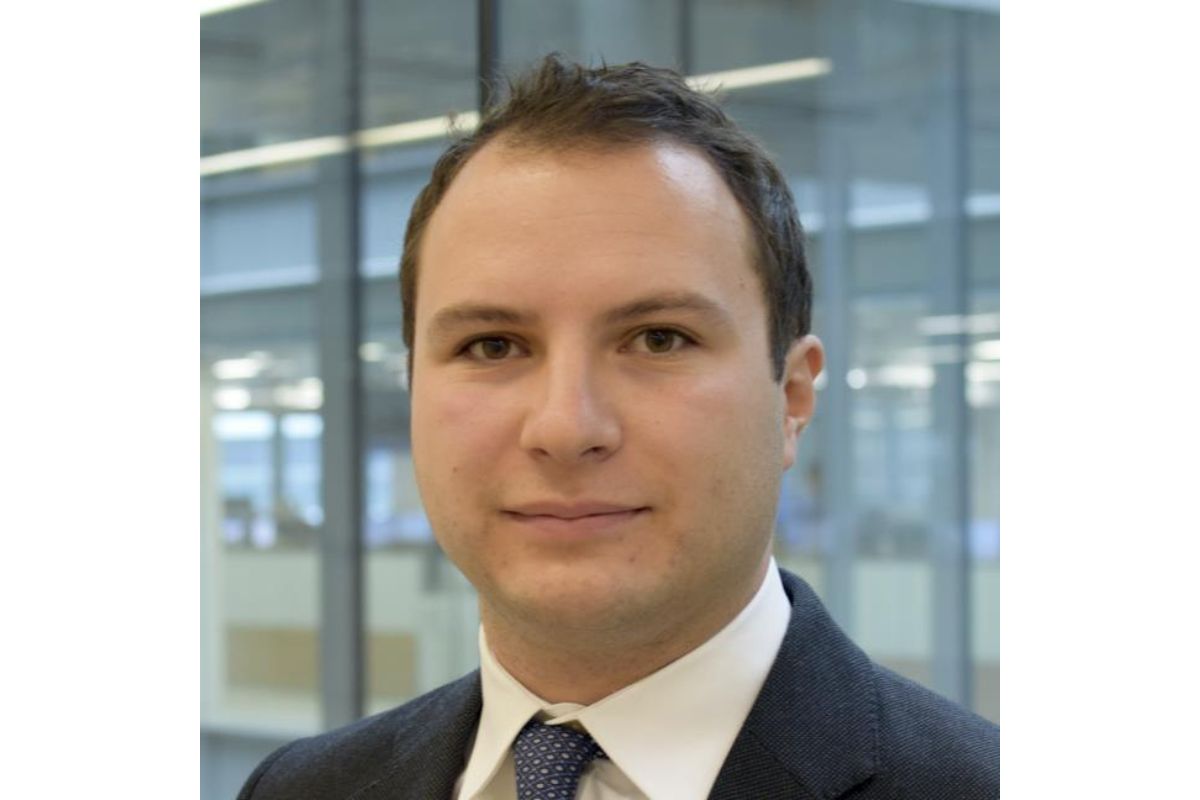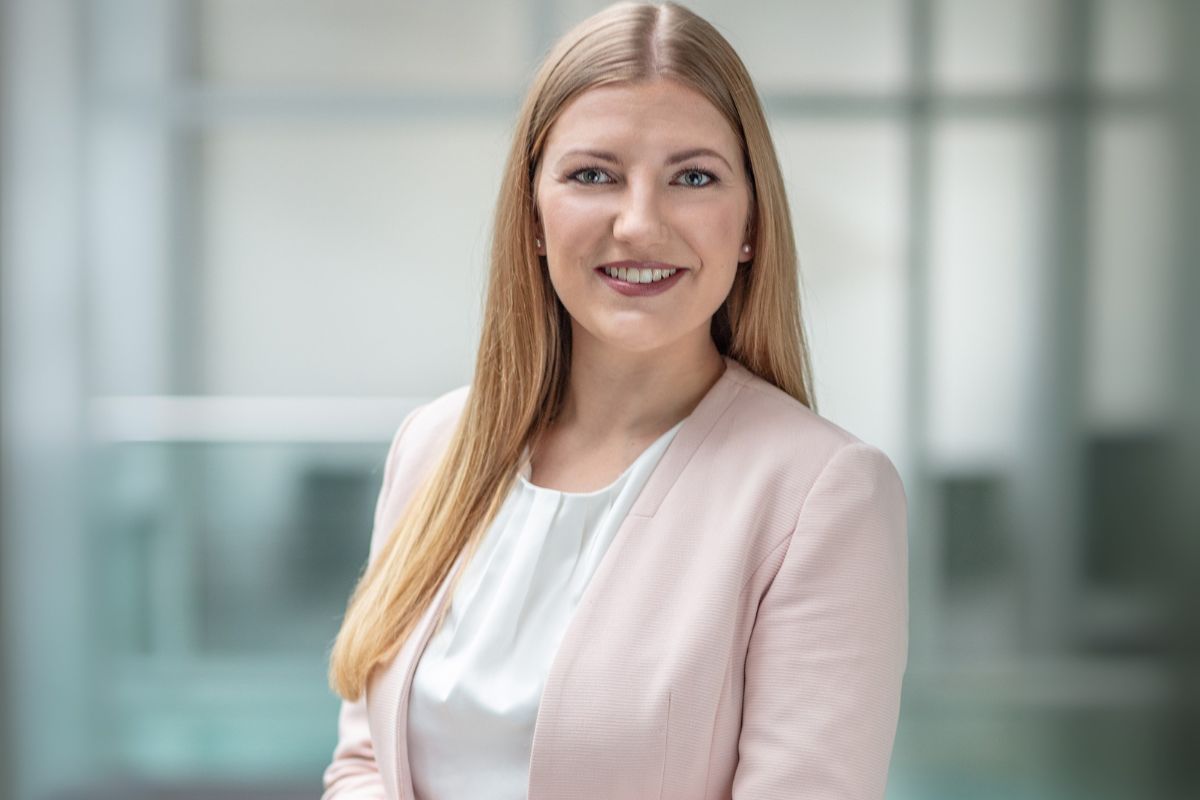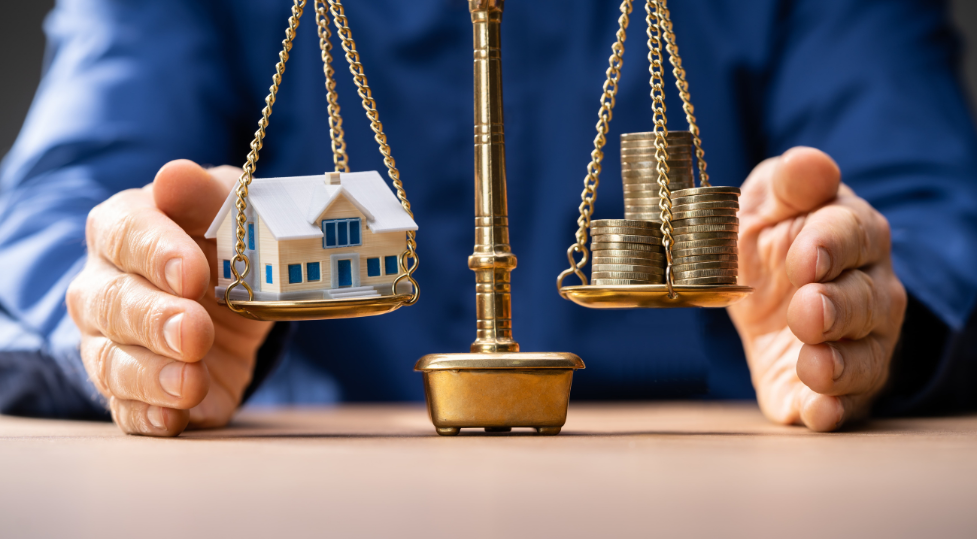In a context marked by market volatility, geopolitical uncertainty, and constant regulatory changes, responsible investment remains a fundamental pillar for those seeking sustainable long-term returns. In the view of Alexandre Davis, Investment Director at Wellington Management, SRI continues to be synonymous with long-term vision and structural investment opportunities. We discussed this in our latest interview.
What Has Happened to Sustainable and Responsible Investment? Has It Been Pushed to the Background?
For me, investing responsibly means focusing on long-term value creation, which involves understanding not only a company’s revenues and products but also its supply chains. This goes beyond short-term disruptions and takes into account structural changes, such as the rise of protectionism since the COVID pandemic or earlier political decisions. For example, we invested in a life sciences company that, as early as 2017, decided to move its production out of China in response to rising tensions between China and the United States, which have only intensified since then. This kind of forward-looking risk management is at the heart of our engagement efforts. We spend a great deal of time in dialogue with companies to help ensure they are as well-positioned as possible to achieve long-term success and remain resilient amid a changing global environment.
Given the Current Context, What Elements or Factors Could Act as Catalysts for Investors to Reprioritize Responsible Investment?
Ultimately, investors rightly focus on returns, as they are the main benchmark for evaluating the success of an investment. Although the environment has been more challenging in the short term for those applying responsible investment criteria—due to a highly concentrated market performance—we continue to see long-term opportunities, especially as the market broadens. Companies with a strategic long-term orientation and that aim to maximize resource efficiency should be better positioned than those that do not. Fundamentals, profit generation, and the ability to generate alpha for our clients are key elements in continuing to demonstrate the relevance of responsible investment in today’s context.
How Can Sustainable Equity Portfolios Align With Current Macroeconomic Conditions?
Every day brings new headlines about tariffs, regulation, geopolitics, conflicts, climate change, or artificial intelligence. The pace of change is constant, which requires executive teams and boards of directors to ensure their companies can adapt and evolve to remain competitive. Meanwhile, the characteristics that we believe increase the likelihood of long-term success remain the same: a sustainable competitive advantage (moat), a strong balance sheet, high-quality leadership, an empowered board, a stakeholder-oriented vision, and disciplined capital allocation that preserves and enhances value over time. These are the qualities we seek—and the standard we continue to demand—in all portfolio companies. When strong leadership reinvests wisely and with a long-term vision, it activates what we call the stewardship flywheel: a virtuous cycle of value creation in which leaders allocate capital to sustain and enhance future returns.
We Often Talk About Responsible Investment, but What Does the Stewardship Approach Promoted by the Fund Manager Really Add?
Our approach is based on three fundamental pillars: long-term vision, core portfolio construction, and active dialogue with the companies we invest in. We invest with a horizon of over 10 years, in contrast with the average holding period in the market, which is around 10 months. This horizon allows us to support companies in developing their long-term strategy and creating sustainable value. The portfolio is designed to capture security-specific risk and return, avoiding the common bias toward growth or technology observed in many sustainable strategies. In addition, we maintain active dialogue with the companies we invest in, especially with their boards of directors, which often go unnoticed despite their key role in governance, succession, and long-term strategy. This direct, hands-on involvement reflects our fiduciary responsibility and our commitment to sustainable long-term value creation.
Based on Your Experience, How Has the Concept and Approach to Stewardship Evolved in the Fund Industry?
When we launched this strategy, we saw clear demand for a responsible investment proposition capable of generating long-term returns without relying on growth factors or showing excessive concentration in technology. We believe that investing with a long-term perspective requires balanced sector and geographic risk management, allowing returns to be driven by security selection. This philosophy—based on rigorous portfolio construction, active management, and responsible corporate oversight (stewardship)—has been very well received by clients. The strategy acts as a stable core allocation, on top of which more tactical exposures by style or sector can be built, providing both resilience and flexibility.
How Can an Active Stewardship Approach Reveal Opportunities? Is It More Useful in Times of Uncertainty?
We believe stewardship cannot be passive. We conduct more than 130 interactions a year with the companies we invest in, making the most of our time with executive teams and boards to focus on their long-term strategy. We invest in businesses with strong balance sheets and consistent cash generation, which allows them to be more resilient to short-term disruptions such as tariff changes, regulatory uncertainty, or shifts in economic policy. These interactions allow us to assess the quality of leadership, decision-making, and strategic direction. In times of volatility, the board’s vision and foresight are key to achieving better outcomes. Through active dialogue, we analyze these strengths while also looking for clear signals of execution and a strong talent base in CEOs and their teams to ensure continuity in times of crisis.
Finally, Could You Mention Three Ways ESG Factors Can Enhance Portfolios for the Second Half of the Year?
We believe our approach is especially well suited to today’s environment. First, it helps reduce volatility by focusing on companies with strong leadership capable of navigating complex and changing political and economic contexts. Second, it is a core strategy that diversifies risk through the selection of high-quality companies across different sectors and regions. Third, our long-term approach avoids the mistakes associated with short-term decisions—such as overreliance on certain supply chains—that can lead to future disruptions. We believe companies that manage these risks proactively are better positioned to deliver sustainable returns. This disciplined, forward-looking strategy allows investors to stay focused and aligned with their long-term goals.




